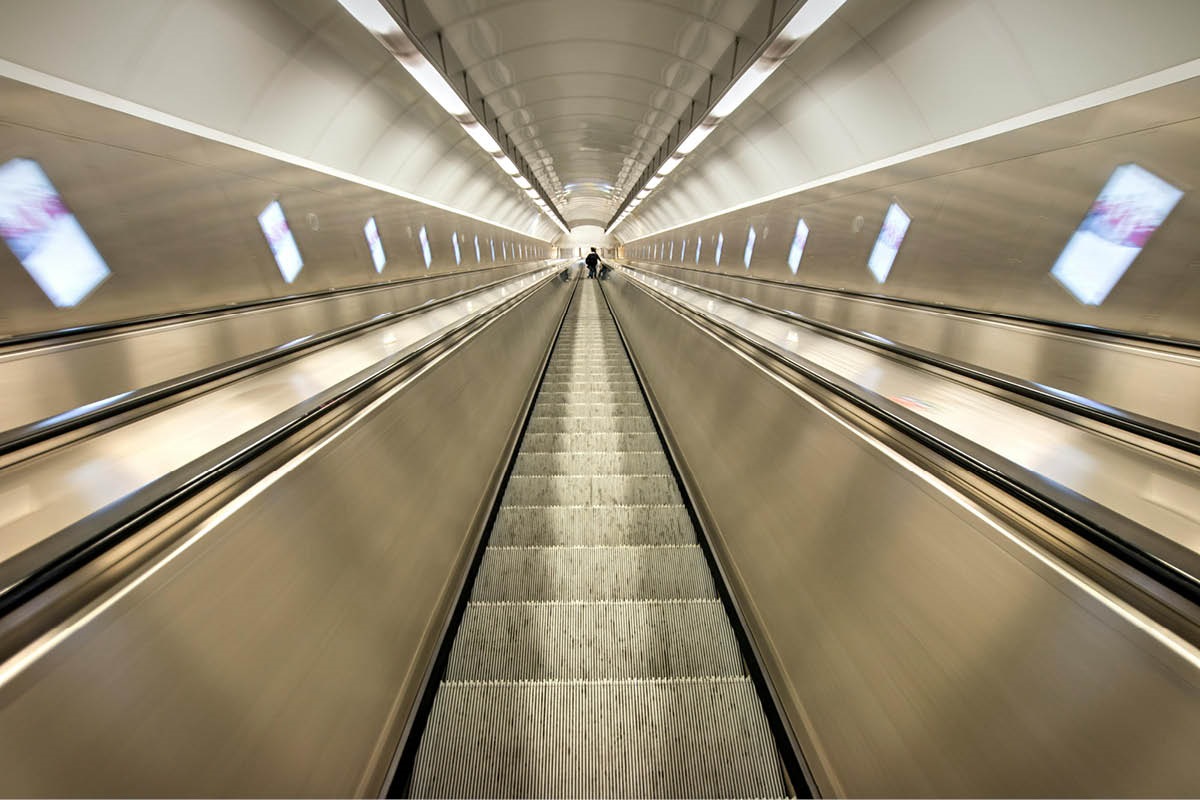
The Editing Company Inc.
The Editing Company Inc.
Toronto, Ontario
Toronto, Ontario
Telephone: (416) 924-3856
RECENT POSTS
TEC Blog
Categories
Show All- Editing
- Grammar
- Usage
- Style
- Editor/writer
- Publishing
- Business
- Writing
- Writers support group
- Event
- Proofreading
- Copyright and permissions
- Usage
- Book reviews
- Editing new media
- Technology
- Books & libraries
- Ttc stories
- Editing & marketing
- Office happenings
- Social media & community
- Language & editing
- Social media
- Editing & marketing
- Indexing
- Book design
- Tec clients
- Guest blogger
- Creative women doing sixty
- Book clubs
- Books and reading
- Ebook technology & services
- Editing numbers
- Editing & technologies
- Opera, movies
The Overlap between Writer and Editor
by Nina Hoeschele
Published at 2011-05-20
Editors and writers: some see them as bitter enemies, some describe a beautiful partnership—and some say that editors are just writers who’ve given up. It’s common to hear that you can be an editor or a writer—but never both!
I’d like to protest that. You can certainly be both … and you might be already.
As many famous writer-types have said, “Good writing is rewriting.” Editing is inherent in writing; any writer who deems their first draft to be perfect is probably not very good. Whenever you read something you’ve written and feel a stab of self-doubt, that’s your inner editor speaking up.
It works the other way, too: writing is inherent in editing. My job doesn’t stop at commas (I might go crazy if it did!). Sometimes the only thing off in a sentence is that inscrutable sense of “flow.” If I didn’t write—if I didn’t already play with wordflow—then my work would be much harder.
The writer/editor stand-off is not something I anticipated when I started editing, but now that I’m into the struggle, I’ll tell you how I deal with it.
Your Writer as an Editor
The key is to remember that you’re working for someone else. Rather than doing things your way, you’re trying to get in the author’s head, understand where she/he wants to go, and then take her/him there—making sure everything is clear and correct along the way.
Once you’ve accepted the primacy of the author’s goals, it’s easy to let your writing abilities work in her/his service. The biggest challenge is to preserve the author’s voice; you can do this by allowing your voice to be fluid and flexible.
Your Editor as a Writer
For me, this was the tricky part. An editor works decisively; a writer works doubtfully. Put simply, of my two identities, the inner editor was a lot harder to shut up.
Once I started editing, my writing was overpowered by my editor’s voice: “That’s not consistent. That’s not interesting. Who would read this? What are you DOING?”
My first step towards writer/editor harmony was accepting that no first drafts are good. Writing a bad first draft isn’t a mistake; it’s a necessity, a painful first step on the road to somewhere wonderful. Just because we don’t like the tedium of waiting in the airport, that doesn’t mean we can skip it—if we refused to endure the check-in lines and the prodding at security, we’d never make it across the ocean.
So, here is my rule for first drafts: no inner editors allowed. Or, practically speaking: no reading over your first draft until it’s done. That way, your writer can run wild with creative abandon until she’s exhausted—and then you can bring out your editor and her critical sledgehammer.
What Writer/Editors Can and Can’t Do
Even if you’re a writer/editor, in the end you’ll still need someone else to read your work. Trying to find the problems in my own work rather feels like trying to see my own nose—in the end it’s just too close. Sure, I know my nose better than anyone else, but if I want to know how the rest of the world sees it, I’m going to need someone with a better perspective.
But there is great value in bringing writing and editing together. I know my years of writing have made me a better editor, and the more I learn about editing, the more I’m able to push my writing to new places.
So don’t be afraid to be both things, even if they sometimes conflict—the balance between the two becomes easier with practice. Your writer and editor might even get to like each other.




